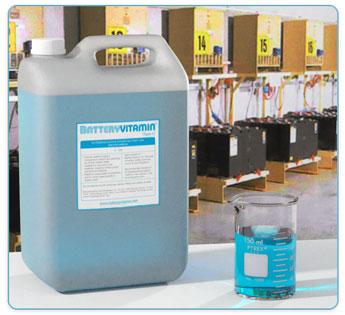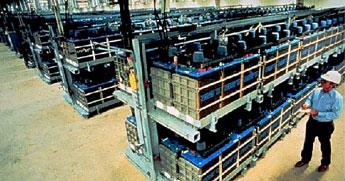Batteryvitamin is designed to slow down the rate at which lead-acid motive power batteries wear out - helping motive power battery users get at least 40% extra service life out of their batteries. Batteryvitamin is perfect for forklift truck, deep-cycling solar, battery-locomotive, trolling-boat, electric-car/bus and golf-cart batteries.
Benefits include antimony transfer suppression, reduced positive grid corrosion, reduced active material shedding, reduced water consumption, lower end-of-charge current and reduced dendrite formation. Batteryvitamin is able to do this because these benefits all have the same electrochemical origin. Batteryvitamin is a very potent motive power battery life extending technology.
The way in which a lead-acid battery works cannot be discussed in terms of chemistry alone. The interactions that occur at the electrode surfaces are governed by the laws of physics. It is all explained in easy-to-understand language on the technical pages.
We patented our invention multiple times. Our most recent patent application was published in late 2014. It identifies an active material in rubber latex that provides performance enhancement in lead-acid batteries, and provides details of equivalents to the material in terms of a unique evidencing procedure. Our equivalents appear to have been accepted by the industry as the new gold standard for lead-acid performance judging by the flurry of dozens of patent applications describing adaptations and modifications to our equivalents, that have been filed after 2014, by leading separation sheet manufacturers. This is probably the best form of independently sourced evidence that Batteryvitamin works. The patents are listed towards the end of "How is the Nanobarrier Formed?".


